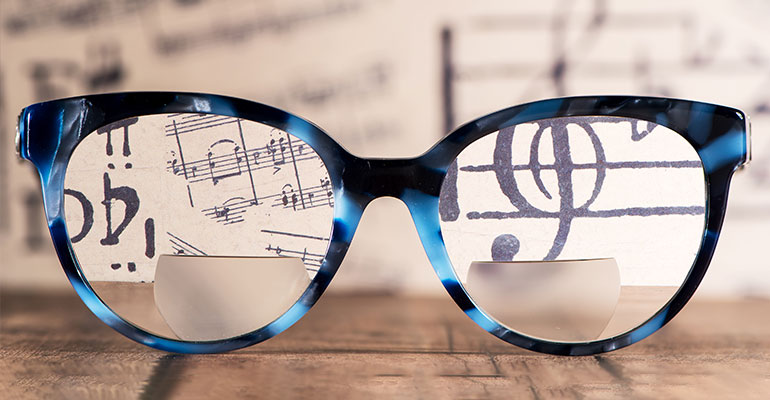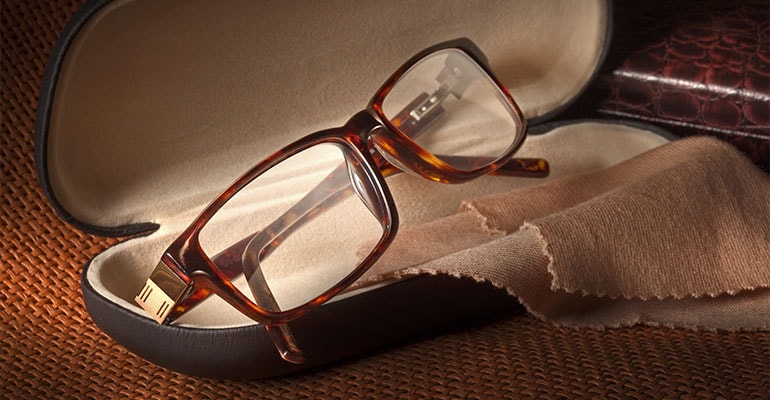A Complete Guide To Bifocal Lens
Mar 30, 2022
Two segments make up a Bifocal lens. The top segment allows a person to see faraway, while the bottom allows them to see closer. Some bifocals include a horizontal line to divide the two segments. The Optometrists Network observed that doctors often recommend bifocal lenses for people with presbyopia. The lenses of the eyes are able to shift the focus from distant objects to nearby objects before presbyopia occurs. This flexibility is lost as people age. Presbyopia is an inevitable part of aging and usually starts around 40. It can make it difficult to focus on nearby objects like a smartphone screen.
Bifocals vs. Progressive
There are three main differences between progressive lenses and bifocals. Bifocals can only correct vision in two fields, while progressive lenses are able to see at all distances. While bifocals have a traditional design with lines between the vision fields, progressive lenses are seamless and offer no visible lines. This is a significant selling point for many. Progressive lenses are more expensive than simple Bifocal lenses. Depending on the progressive lens you choose, the cost may not be significantly higher.
|
Bifocals vs. Progressive |
||
|
Features |
Bifocals |
Progressive |
|
Field of vision |
2 Fields of Vision |
Clear Vision at Distance |
|
Design |
The line between the lens |
No lines |
|
Price |
Cheap/Affordable |
Somehow Expensive |
How Does Bifocal Lens Work?
Bifocal lenses can correct both nearsightedness as well as farsightedness with one pair of glasses. The prescription for farsightedness is located at the top of each lens. When you're driving, walking, or conversing with others, your eye naturally sees through the top of this lens. Nearsightedness prescriptions are located at the bottom of the lens. The prescription for nearsightedness may fill the entire bottom of the lens, or it could be smaller and more centered in its middle. This section is what your eye sees when you read, work on a computer, or do close-up tasks.

How Can I Tell If I Need Bifocal eyeglasses?
You may notice a gradual decline in your vision until you realize that you don't see as well. Your eye doctor should be consulted if you cannot see the text clearly or find your vision blurry. Bifocal lenses may be required, or you may need to change your prescription. Bifocals could be possible if you have glasses and can see the print clearly, even removing them. It is essential to have your eyes examined by an optometrist to determine if you require bifocals.

What Is the Average Time It Takes to Get Used to Wearing Bifocals?
You will need to adjust to multifocal and bifocal eyeglasses. To bring the correct lens in the center of your vision field, you'll need to be able to move your head only or tilt your head. It takes approximately three weeks for most people to learn and practice these new habits. Most people find the ease and clear vision worth it.

Conclusion
Presbyopia is a common condition that affects the ability to focus on near objects. People who have presbyopia usually wear bifocals. Our site offers the premium bifocal glasses online. With our virtual try-on technology, allowing people to view how different pairs might look without ever leaving their homes. Please feel free to contact us if you have any questions regarding to Bifocal lenses or buy glasses online.
